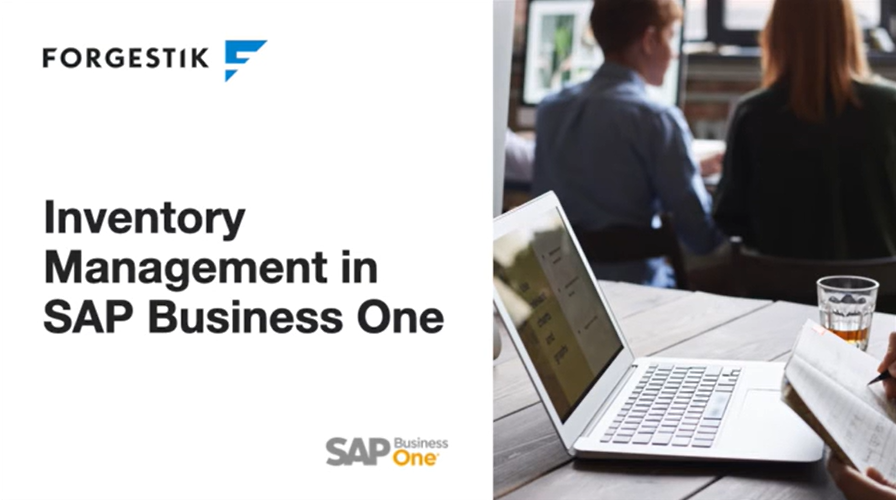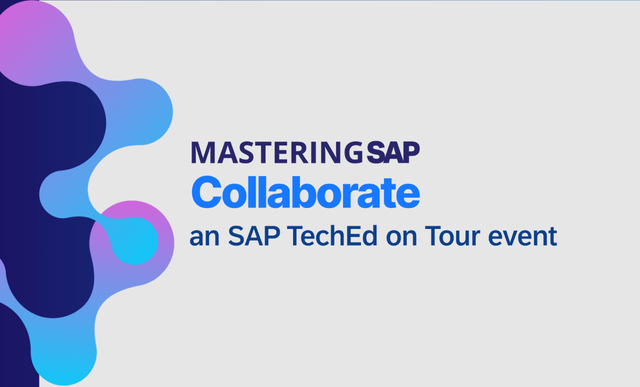Part 1: Optimizing SAP EWM Performance with RFgen Mobility
Meet the Authors
Key Takeaways
SAP's native mobile tools for Extended Warehouse Management (EWM) are outdated, leading to performance and productivity issues on the warehouse floor. Organizations must consider upgrading to next-generation mobility solutions like RFgen to meet modern operational needs.
RFgen's mobile data-collection platform enhances EWM by providing a faster and more reliable mobile layer, allowing transactions to be processed offline and ensuring ease of use for warehouse workers, which significantly reduces training times and boosts adoption.
Implementing effective mobile solutions not only improves frontline usability, resulting in faster ROI and reduced labor inefficiencies, but also future-proofs SAP investments by offering a stable, continuously evolving platform that adapts to new technological advancements.
This blog post is Part 1 of a two-part series exploring how SAP customers can modernize warehouse operations by combining SAP Extended Warehouse Management (EWM) with the RFgen mobile platform. In this first installment, we consider the limitations of SAP’s native mobile tools and why many organizations are exploring next-generation mobility options for the SAP S/4HANA era.
SAP EWM provides robust features for inventory management, labor tracking, and process coordination. However, its potential often remains unfulfilled on the warehouse floor, where the native mobile experience struggles to meet today’s requirements. The issue isn’t just user interaction; it’s the outmoded architecture of SAP’s mobile tools.
Browser-based frameworks like SAP NetWeaver’s ITSmobile and SAP EWM MOBGUI were never built for the speed, resilience, and usability that modern warehouses need. Every extra screen load, slow scan, or lost connection reduces performance and lowers worker productivity. As support for legacy SAP Warehouse Management (WM) ends in 2025, companies migrating to SAP S/4HANA EWM must decide whether to rely on outdated mobile tools or upgrade to a next-generation mobility platform designed for warehouse operations.
Explore related questions
SAP’s native mobile options offer only basic handheld access to EWM transactions. Although they seem cost-effective initially, RFgen states that they require extensive customization, perform poorly under heavy load, and need scarce technical skills for upkeep. Network disruptions and multi-layer browser rendering further worsen performance issues, causing friction in environments where every second counts.
Even small configuration changes can cause widespread re-work. Warehouse workers experience slow refreshes, multi-second scan delays, and inconsistent behavior between tablets, rugged scanners, and vehicle-mounted units. Because these frameworks rely on continuous connectivity, any signal loss can block a transaction.
Bridging the Gap Between EWM and the Warehouse Floor
Despite investing in EWM’s robust backend, companies still lose efficiency at the edge. RFgen’s mobile data-collection platform provides a way to solve this dilemma. Created as a certified add-on to EWM, the platform communicates directly with SAP via Business Application Programming Interfaces (BAPIs) and OData APIs, maintaining EWM as the single source of truth while offering a faster, more reliable mobile layer.
RFgen says its native client responds within milliseconds per scan, even during high volume, and continues to function offline when connectivity drops. The user interface is custom-designed for warehouse conditions: large, glove-friendly buttons; color-coded prompts; and simplified workflows that hide technical fields. According to RFgen, training times decrease by 70–80 percent, lowering onboarding costs and boosting adoption across different languages and skill levels.
From Mobile Data to Intelligent Supply Chains
Modern supply chains increasingly rely on AI-driven planning and decision support, but those systems are only as reliable as the data they receive. RFgen’s mobile execution completes the cycle by ensuring every transaction, label, and photo taken at the edge updates SAP instantly. These high-quality data signals serve as the core truth that AI agents can use to detect anomalies, suggest replenishments, and improve slotting.
A warehouse with reliable, always-on mobile capture establishes the digital foundation for the next generation of human-in-the-loop automation. The most intelligent warehouses aren’t those with the most sensors; they are the ones where data quality, human usability, and system intelligence support each other in real time.
What This Means for SAPinsiders
Better frontline usability means faster ROI. Warehouse teams equipped with intuitive mobile tools complete transactions more accurately, cutting error-correction cycles and IT support tickets. For SAP leaders, that translates into measurable labor efficiency and fewer workflow disruptions. The result is an engaged workforce ready for SAP S/4HANA’s next-generation processes.
Mobile performance now serves as a strategic advantage. Operations depending on slow, browser-based interfaces experience decreased productivity with each delayed scan. RFgen’s low-latency, native client ensures stable operations even in areas with weak signals or during high-volume peaks. Reliability at the edge maintains customer commitments and on-time-in-full (OTIF) metrics.
Future-proof mobility protects SAP investments. SAP’s history of deprecating mobile frameworks (think: Console, ITSmobile, Personas, etc.) poses ongoing migration risks. RFgen’s continuously evolving platform maintains existing functionality through each technology wave. The result is a lower long-term ownership cost and a stable foundation for AI-enabled supply chains.






